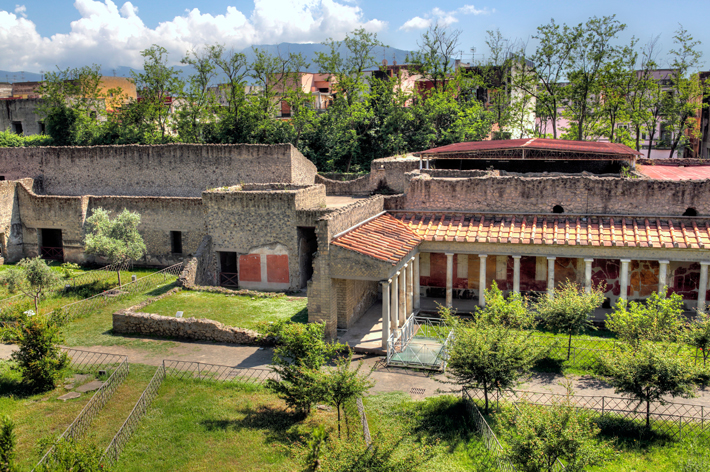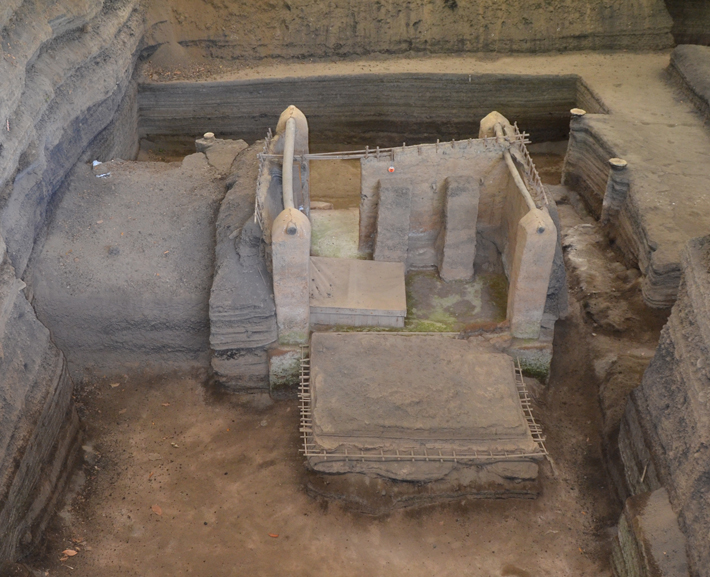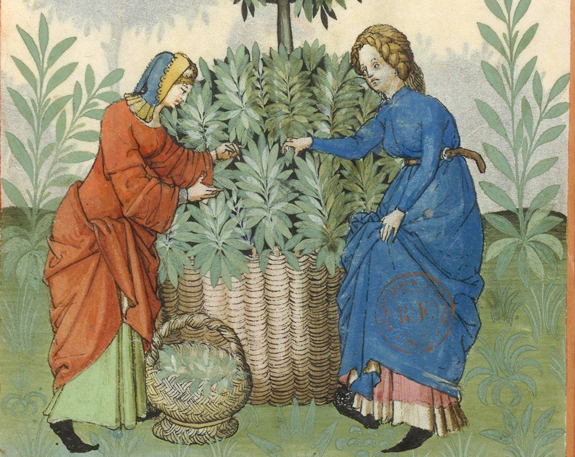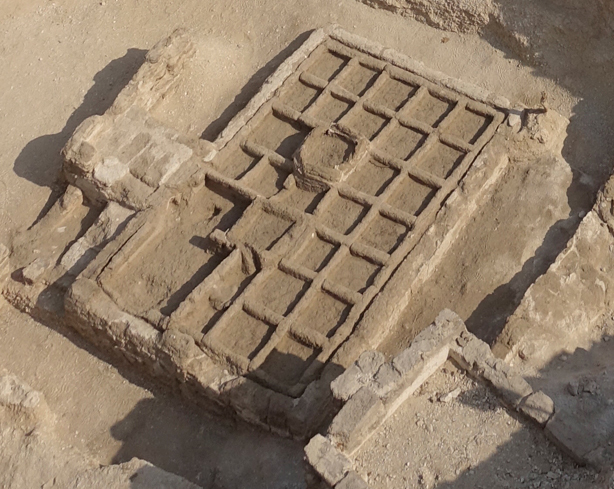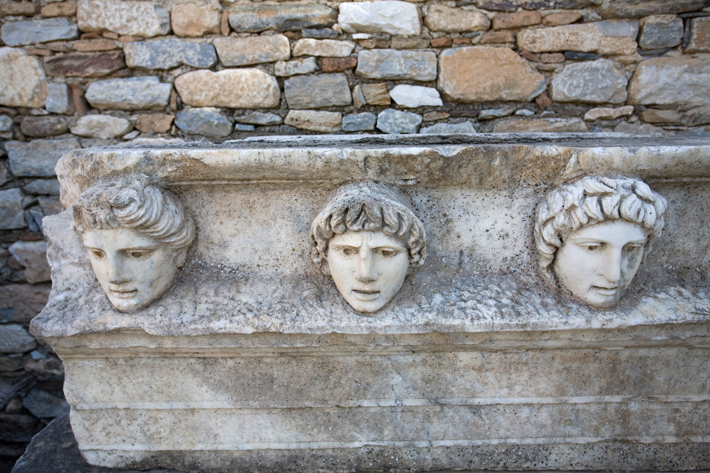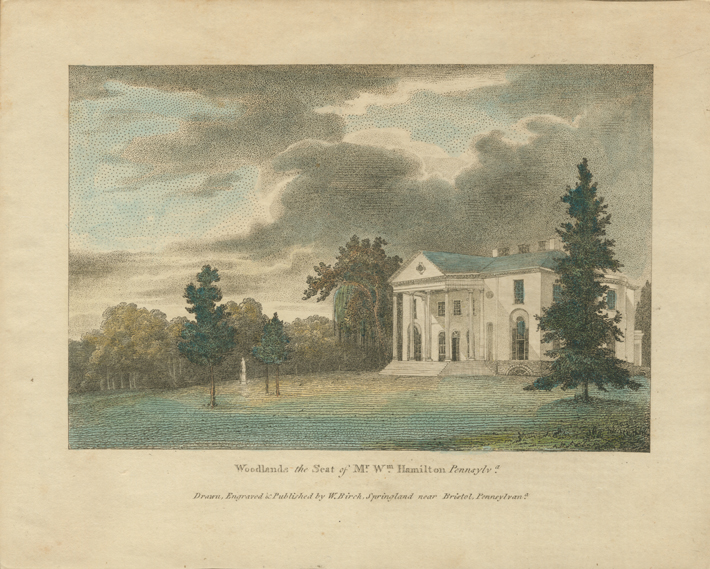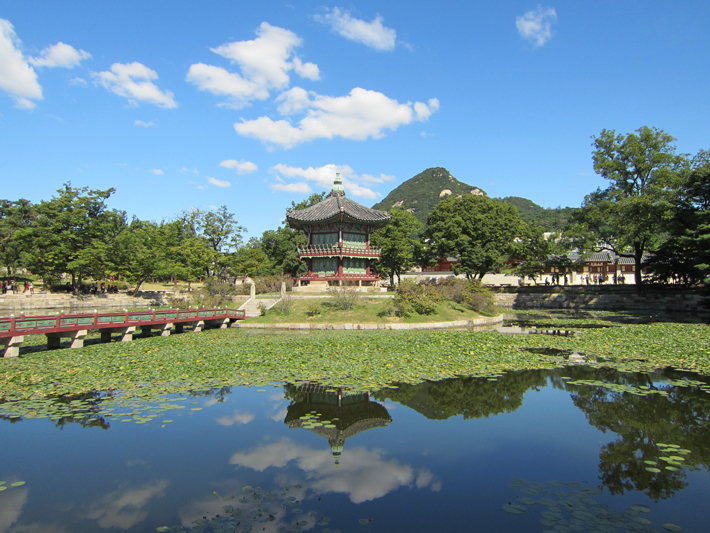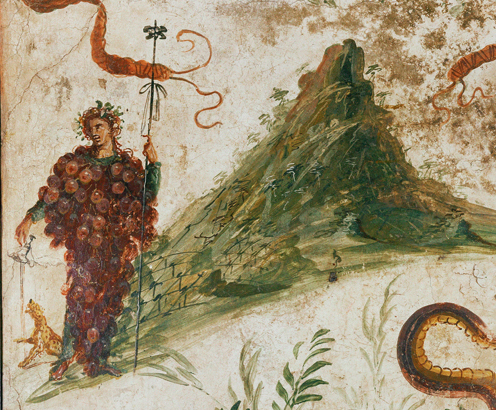Commercial Gardens
Cerén, El Salvador
April/May 2018
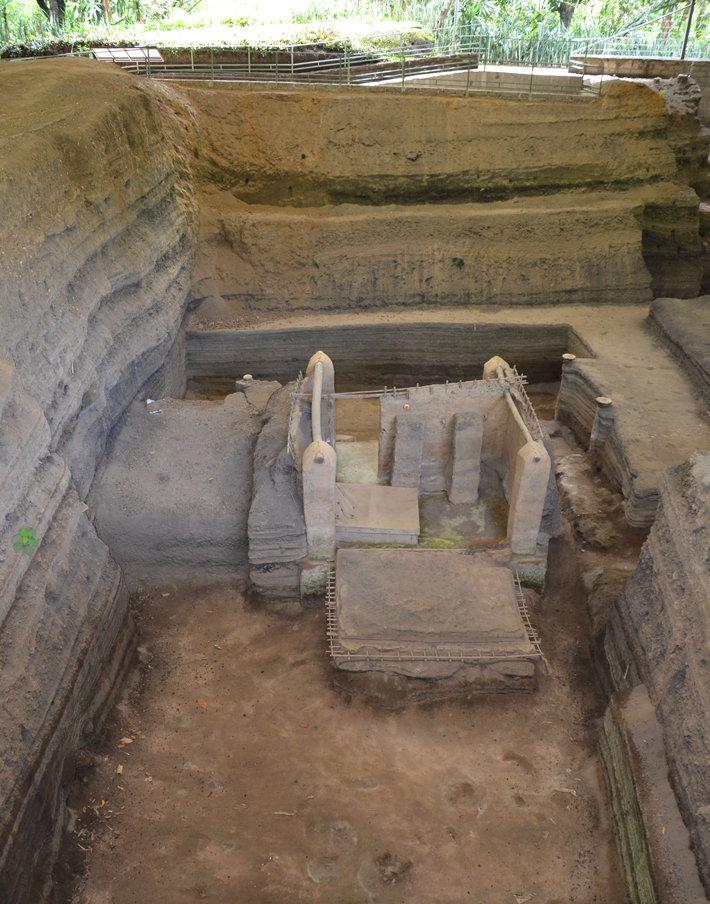 The Maya village of Cerén was home to some 200 people when it was buried by a massive volcanic eruption around A.D. 600. The resulting preservation has revealed that many of its households carved out particular types of economic activity for themselves—and one was the gardener of the community. Archaeologists have learned that one property’s garden included around 70 agave plants grown for their fiber, which was used to make rope and twine, as well as fast-growing, sturdy cane that reinforced the wattle-and-daub walls of the village’s structures. Numerous large chili bushes and at least one cacao tree provided specialty food products. “They produced all kinds of things that were way beyond what they could consume themselves,” says Payson Sheets of the University of Colorado Boulder. He believes that the garden’s surplus was traded with others in the village and exchanged at nearby markets for more exotic items such as obsidian blades, greenstone axes, and polychrome ceramics.
The Maya village of Cerén was home to some 200 people when it was buried by a massive volcanic eruption around A.D. 600. The resulting preservation has revealed that many of its households carved out particular types of economic activity for themselves—and one was the gardener of the community. Archaeologists have learned that one property’s garden included around 70 agave plants grown for their fiber, which was used to make rope and twine, as well as fast-growing, sturdy cane that reinforced the wattle-and-daub walls of the village’s structures. Numerous large chili bushes and at least one cacao tree provided specialty food products. “They produced all kinds of things that were way beyond what they could consume themselves,” says Payson Sheets of the University of Colorado Boulder. He believes that the garden’s surplus was traded with others in the village and exchanged at nearby markets for more exotic items such as obsidian blades, greenstone axes, and polychrome ceramics.
